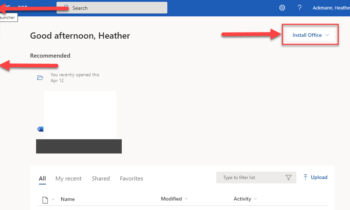I am thrilled to announce the release of a long-awaited course—PowerPoint: Designing Better Slides, published by Lynda.com and LinkedIn Learning.
The course clocks in at 1h and 33m, so no…it will NOT teach you everything you could ever possibly know about the subject of good slide design. Not by a long shot.
This course is designed for non-designers, average business professionals or “end-users,” and introduces these “average Joes” to introductory key design components (not all of them, just some important ones) necessary for understanding purposeful and meaningful PowerPoint slide design.
In designing this course, I wanted to undo all of the very bad advice floating around out there on the internet—all those crazy, unproven, unsupported, and just made-up (albeit convenient) PowerPoint “rules” for presentations. Instead, I argue for a more holistic and audience-centered, rhetorical approach to slide design, one that supports what I’ve identified or see as three essential “pillars” for effective PowerPoint slides: audience, environment, and message.
Throughout the course, every lecture, example, and demo walks viewers through supporting these essential pillars, all while exploring and experimenting with traditional design components such as hierarchy, contrast and similarity, space, etc.
This course guides new PowerPoint-ers through often confusing and frightening topics, like how to effectively use color in a presentation. This course offers practical advice and tips, though. You won’t find a science or technical lecture about RGB or CYMK or how the human eye works. No no no!


We also tackle widely held beliefs currently floating around in corporations, such as the belief that “all bullets are bad.” This is just not true. There are times when the design (meaning the audience and the content) requires bullet points to convey the message. This course covers when it is logically and cognitively necessary and appropriate to include bullets in your design, and when it is not.
I hope you check out the sample videos available over at Lynda.com or subscribe! If that is not an option for you, many local libraries, schools, and universities have subscriptions to Lynda.com, and all you need is a library card to check out any title through your library.



